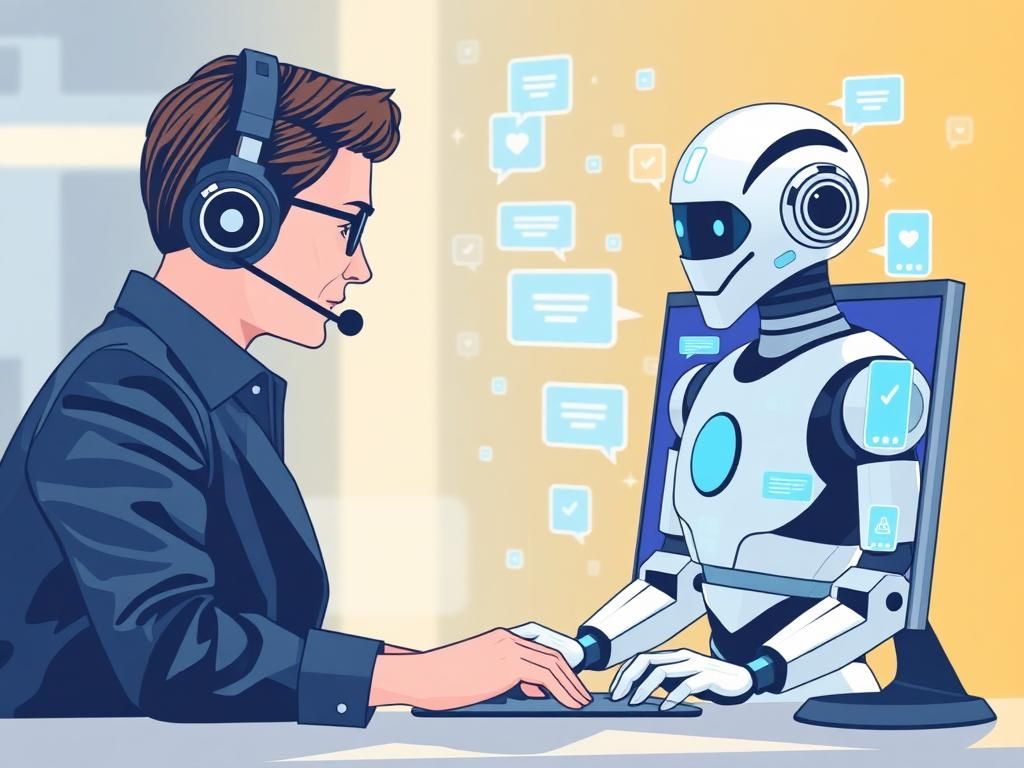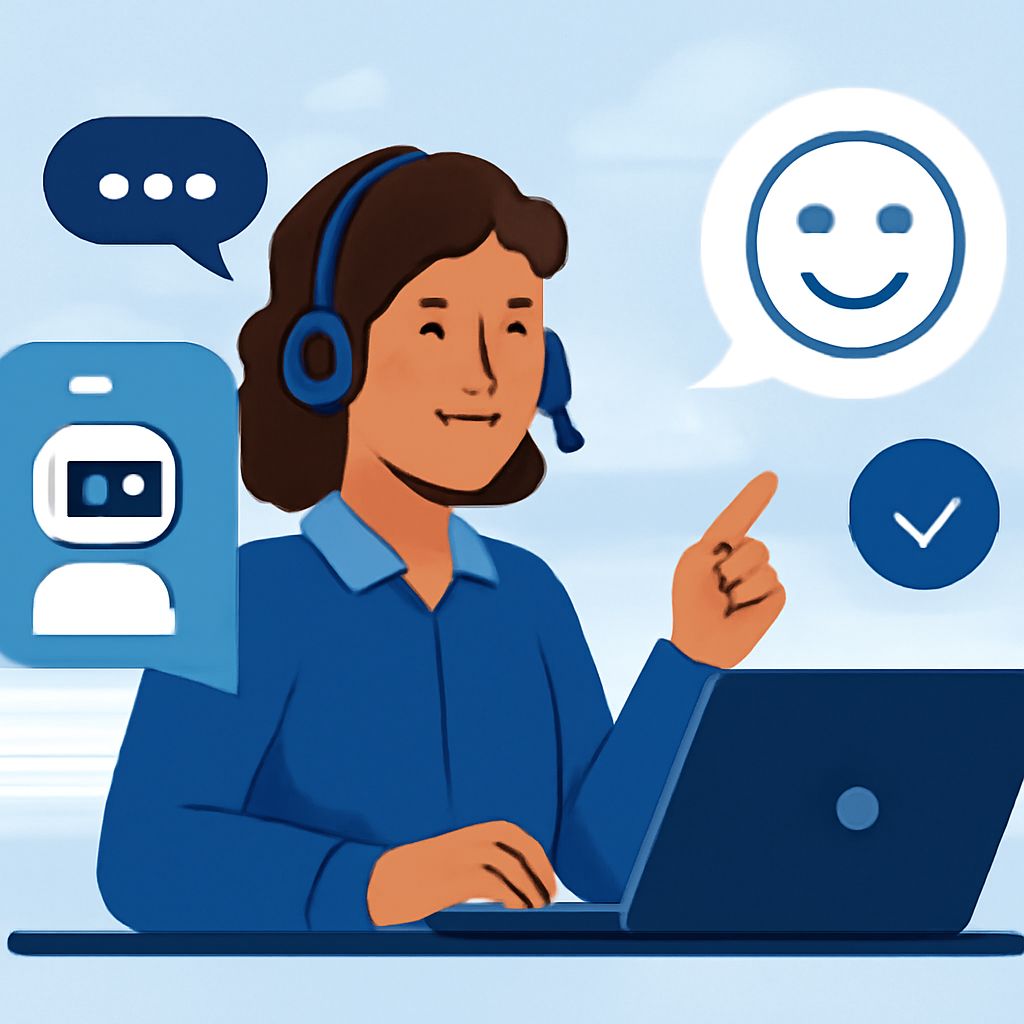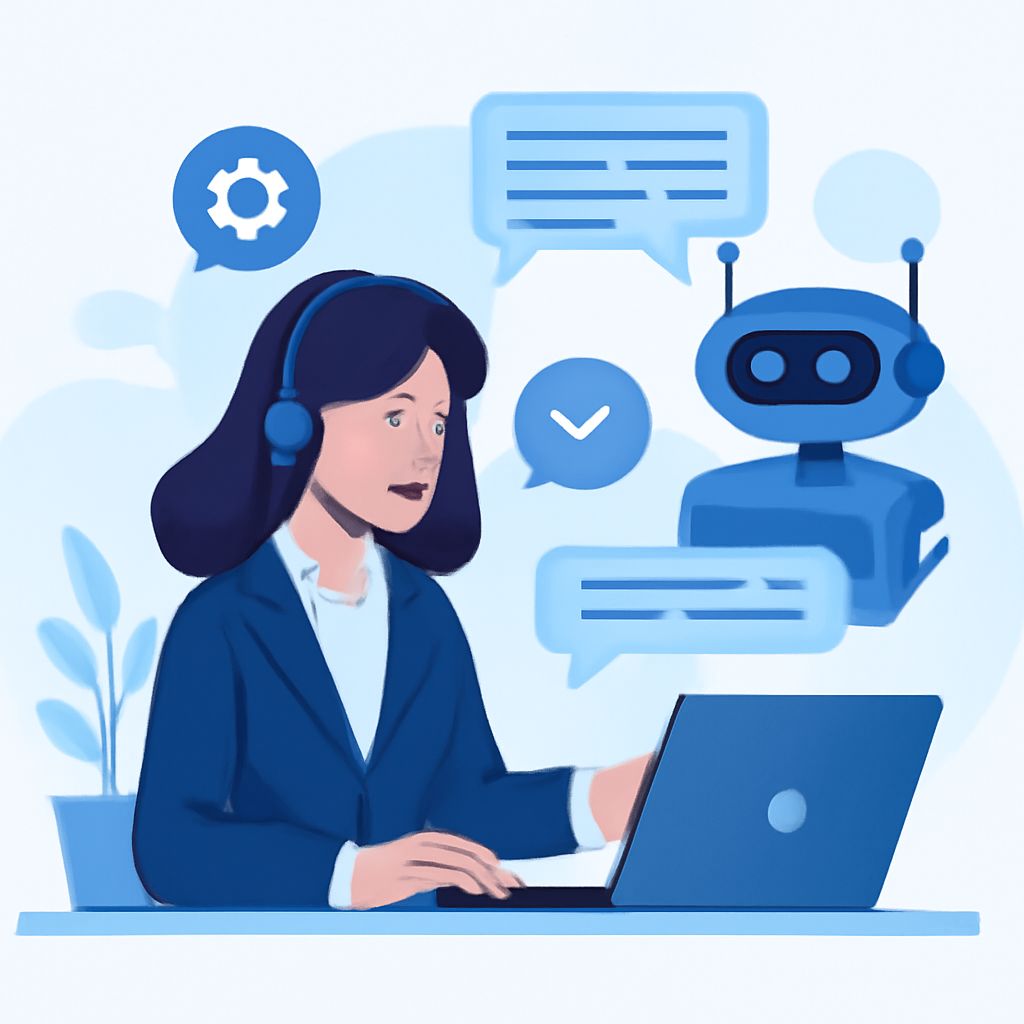In today’s fast-paced digital world, businesses are continually seeking innovative solutions to enhance customer service and improve operational efficiency. One such solution that has gained significant traction in recent years is the use of AI chatbots. These intelligent virtual assistants provide a range of benefits that not only streamline interactions but also transform the way companies engage with their customers. This article delves into the world of AI chatbots, exploring their functionalities, advantages, and best practices for implementation.
Understanding AI Chatbots
AI chatbots are computer programs designed to simulate human conversation through voice or text interactions. They leverage natural language processing (NLP), machine learning, and other advanced technologies to understand inquiries, provide relevant responses, and even learn from interactions to improve over time. The primary goal of a chatbot is to enhance communication and provide efficient solutions to customer needs.
Types of AI Chatbots
There are primarily two types of chatbots:
- Rule-Based Chatbots: These bots follow preset rules and scripts. They can only respond to specific questions and provide answers based on predefined keywords. While they are straightforward, their capabilities are limited.
- AI-Powered Chatbots: These utilize machine learning and NLP to provide more dynamic interactions. They can understand context, handle complex queries, and learn from past interactions, making them more versatile and user-friendly.
The Benefits of Implementing AI Chatbots
Embracing AI chatbots can yield numerous advantages for businesses. Here are some of the most compelling benefits:
1. 24/7 Availability
Unlike traditional customer service agents who operate within set hours, chatbots can provide round-the-clock assistance. This means customers can receive help whenever they need it, irrespective of time zones.
2. Enhanced Customer Engagement
Chatbots can facilitate engaging interactions through personalized responses, keeping customers interested and satisfied:
- Personalized greetings based on user data.
- Tailored responses that align with customer preferences.
3. Cost-Effectiveness
Investing in AI chatbots can lead to significant cost reductions:
- Reduced need for large customer service teams.
- Decreased training and operational costs.
4. Improved Response Times
Chatbots can handle multiple inquiries simultaneously, resulting in quicker response times and improved customer satisfaction:
| Metric | Traditional Service | Chatbot Service |
|---|---|---|
| Average Response Time | 5 minutes | Instant |
| Queries Handled Per Hour | 20 | 300 |
Challenges in Using AI Chatbots
Despite their many benefits, AI chatbots also come with challenges that businesses must navigate:
1. Understanding Complex Queries
While AI chatbots can handle a variety of inquiries, they may struggle with complex or ambiguous queries. Ensuring that these chatbots can effectively communicate and understand such complexities is crucial.
2. Limited Emotional Intelligence
AI chatbots lack the emotional nuance that human agents possess. They may fail to detect sarcasm or emotional cues, which can hinder the quality of customer interactions.
3. Initial Setup Costs
Implementing AI chatbots requires significant upfront investment in technology and development. This can be a barrier for some businesses, particularly small enterprises.
Best Practices for Implementing AI Chatbots
To maximize the effectiveness of AI chatbots, businesses should consider the following best practices:
1. Define Clear Objectives
Before deploying a chatbot, companies should outline specific objectives they aim to achieve. This clarity will guide the development process and set expectations for both the team and customers.
2. Ensure User-Centric Design
The interface and functionality of the chatbot should prioritize user experience. A user-friendly design encourages engagement and satisfaction:
- Simple and intuitive navigation.
- Responsive design compatible with various devices.
3. Continuous Training and Improvement
AI chatbots require ongoing training to refine their skills. Regular analysis of interactions can help identify areas for improvement and enable bots to learn from customer feedback.
4. Provide an Escalation Path
While chatbots can handle many queries, there should be a seamless process for transferring customers to human agents for more complex issues. This ensures that customer needs are always met.
Case Studies: Successful Use of AI Chatbots
Let’s explore a few examples of companies that have successfully integrated AI chatbots into their customer service efforts:
1. Sephora
Sephora’s chatbot, available on platforms like Facebook Messenger, offers customers personalized beauty advice, product recommendations, and appointment scheduling. The chatbot effectively enhances the shopping experience while reducing the workload on human agents.
2. H&M
H&M employs chatbots to assist customers in navigating their product catalog. The chatbot can suggest outfits, provide size recommendations, and even track orders, leading to improved customer engagement and satisfaction.
The Future of AI Chatbots in Customer Service
As AI technology continues to evolve, the capabilities of chatbots will expand even further. Future developments may include:
- Advanced emotional intelligence to read customer sentiments.
- Integration with other AI technologies like voice recognition and augmented reality.
- Greater customization options for businesses to tailor chatbots to their specific needs.
Conclusion
AI chatbots are rapidly becoming an integral part of customer service strategies across various industries. By leveraging their capabilities, businesses can enhance customer interactions, reduce costs, and streamline processes. As technology continues to develop, the potential for AI chatbots to revolutionize customer service is immense. Embracing this shift not only positions companies for success in the digital age but also ensures they meet evolving customer expectations efficiently.
FAQ
What are AI chatbots and how do they improve customer service?
AI chatbots are automated programs that use artificial intelligence to interact with customers in real-time, providing instant responses and support, which enhances customer service efficiency and satisfaction.
How can businesses implement AI chatbots in their customer service strategy?
Businesses can implement AI chatbots by integrating them into their websites, mobile apps, or social media channels, allowing for seamless customer interactions and support automation.
What are the benefits of using AI chatbots for customer service?
The benefits of using AI chatbots include 24/7 availability, reduced response times, personalized interactions, and the ability to handle multiple customer inquiries simultaneously.
Can AI chatbots handle complex customer inquiries?
Yes, advanced AI chatbots are capable of handling complex inquiries by utilizing natural language processing and machine learning to understand customer needs and provide accurate responses.
How do AI chatbots enhance customer engagement?
AI chatbots enhance customer engagement by providing immediate assistance, personalized recommendations, and a more interactive experience, leading to higher satisfaction and loyalty.
Are AI chatbots cost-effective for businesses?
Yes, AI chatbots can be cost-effective for businesses as they reduce the need for extensive customer service staff, lower operational costs, and improve overall service efficiency.



